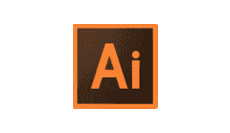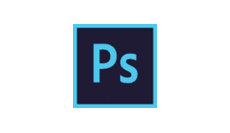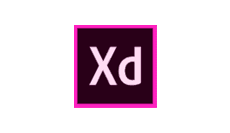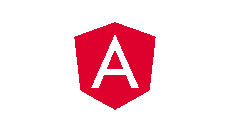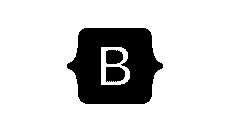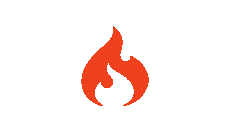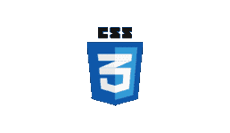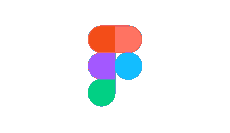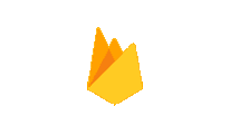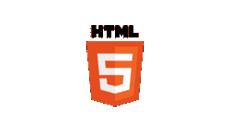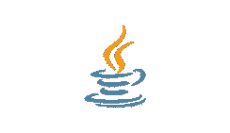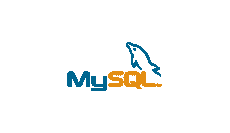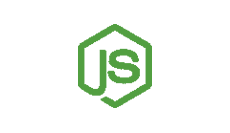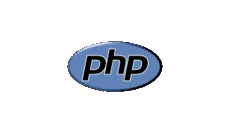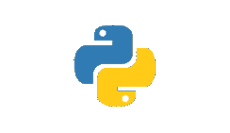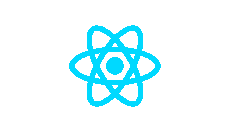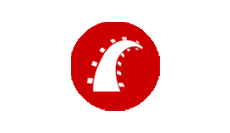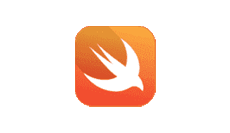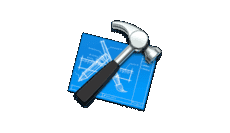First Timer’s Guide to Agile Mobile Development: Exploring the different phases of mobile app development
Learn moreSwipe to Check More
IoT-enabled devices provide real-time operation updates while continuously collecting data. Real-time monitoring of equipment, machinery, inventory and workforce performance, enabled by this continuous information flow, enables businesses to identify problems as they happen, so they can be acted on immediately. Real-time insights serve to enhance productivity and prevent downtime while optimizing resource utilization.
The ongoing operation of IoT services addresses the automation of repetitive tasks and processes routines through smart sensors with pre-programmed criteria, enabling treatment such as temperature adjustment, lighting or equipment changes, and many more activities. Automation reduces human involvement in the process, minimizes mistakes, accelerates work processes, and ultimately results in a better way of doing business.
IoT allows predictive maintenance by processing sensor data collected from machines and equipment. With early detection of anomalies, companies can plan their maintenance to occur only when it is deemed necessary and not waste money on repairs and unplanned downtime. This capability keeps everything running smoothly with fewer interruptions.
Business organizations have access to information arising from numerous IoT services which can be utilized for identifying trends, customer preferences, and operational inefficiencies. Such kinds of data-driven decision-making would be beneficial to business strategy, product development, customer service, and ultimately the performance of the business.
IoT enables better tracking and monitoring of assets across supply chains, helping organizations to make smarter business decisions. As real-time tracking of goods in transit becomes a reality, companies will learn how to more effectively optimize their routes, manage inventory and accurately forecast demand. As a result, this will translate in better stock management, less waste and more customer satisfaction.
We Are Here to Help You 24/7 With Our Experts


The fast adoption of IoT and IIoT systems in the enterprise has increased the demand for custom app development services that can help businesses better interface, interact, and manage their connected devices and data. Read on to learn why you should go with IoT app development.
IoT apps give companies the power to build custom dashboards that show data and insights as they happen. These personalized screens help bosses and workers keep an eye on important numbers, watch over equipment, and choose what to do based on up-to-the-minute info. When a business picks the right app, it can boost its ability to oversee and improve how things run.
IoT apps enable remote access to critical systems and machinery. Whether it’s controlling factory equipment, adjusting energy consumption, or tracking inventory, mobile or desktop apps offer the flexibility to manage operations from anywhere in the world. This enhances agility and ensures that businesses can respond to challenges promptly, even outside normal working hours.
IoT apps integrate with data analytics tools to process vast amounts of sensor and machine data. These apps can generate insightful reports, predict trends, and highlight areas for improvement. Businesses can use these insights to refine their strategies and take action based on data-driven forecasts.
When devices send sensitive data, keeping it safe is crucial. Custom IoT apps can add top-notch security features like data scrambling multiple-step logins, and safe cloud storage to guard important company info. This keeps data protected from hacks and unwanted access.
IoT apps can work with current business planning systems, customer tools, and other company software. This makes sure IoT data helps all parts of the business leading to better teamwork, improved results, and more precise reports.
IoT apps can have user-friendly designs, with easy-to-use screens for workers, bosses, and outside clients. Making it simpler to work with complex IoT systems helps more people use them and gets the most out of connected devices.
Optimized Operational Efficiency: IoT renders real-time data and insights within organizations — such as production lines, equipment health, and workforce productivity. These result in improved decision-making, streamlined processes, and fewer operational bottlenecks. Automation of critical processes minimizes human errors and improves production cycles.
This is where Internet of Things helps enterprises transition from reactive nature of maintenance to predictive. IoT sensors can monitor the condition of machines and detect equipment failures before they occur, preventing unplanned downtime and increasing the lifespan of machinery. This results in lower costs of repairs, maintenance and parts replacements.
IoT can monitor work environments for hazards like temperature fluctuations, gas leaks or machinery malfunctions. Not only is it safer for employees but also reduces the chance of accidents and downtime. IoT also ensures regulatory compliance by keeping safety standards in check.
As businesses grow their operational needs change. IoT gives the flexibility to scale without compromising on efficiency. IoT devices can be added incrementally and data from these devices can be plugged into existing systems. That’s why IoT is the perfect solution for businesses looking to future proof their operations.
IoT gives businesses access to tons of data which can be analyzed to uncover hidden patterns, predict trends and optimize production. The power of big data analytics means businesses can make informed decisions, identify areas for improvement and drive innovation.
IoT enables the monitoring and control of operations at multiple locations through a single, unified dashboard. Regardless of whether an organization has a local, regional or global reach, IoT can be used to obtain centralized visibility and control optimizing performance; improving operational compliance and governance; and fostering consistency and alignment.
Through IoT-driven real-time insights into energy-cum-resource utilization (including materials) as well as environmental effects, enterprises can optimize resource consumption and minimize waste. In addition to significantly reducing ecological footprints by deploying work-practices that are sustainable, such measures often have economic drivers as well – including material-cost reduction factors.



The project's complexity and size affect how long it takes. Corewave teams up with customers to set a doable timeline. , it takes a few months for easier projects. More involved bigger rollouts can last over a year.



We Are Using For Our Valued Customers
